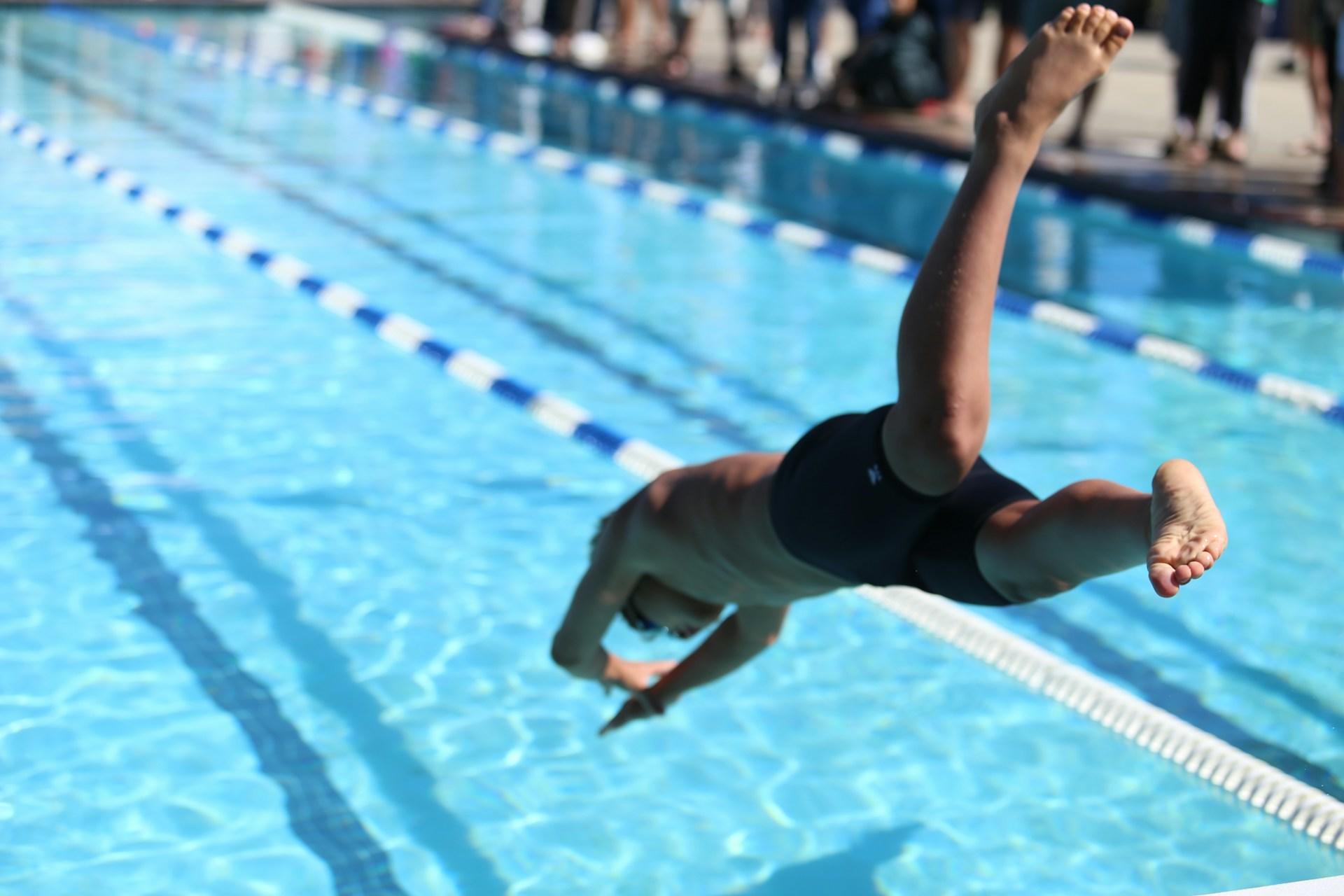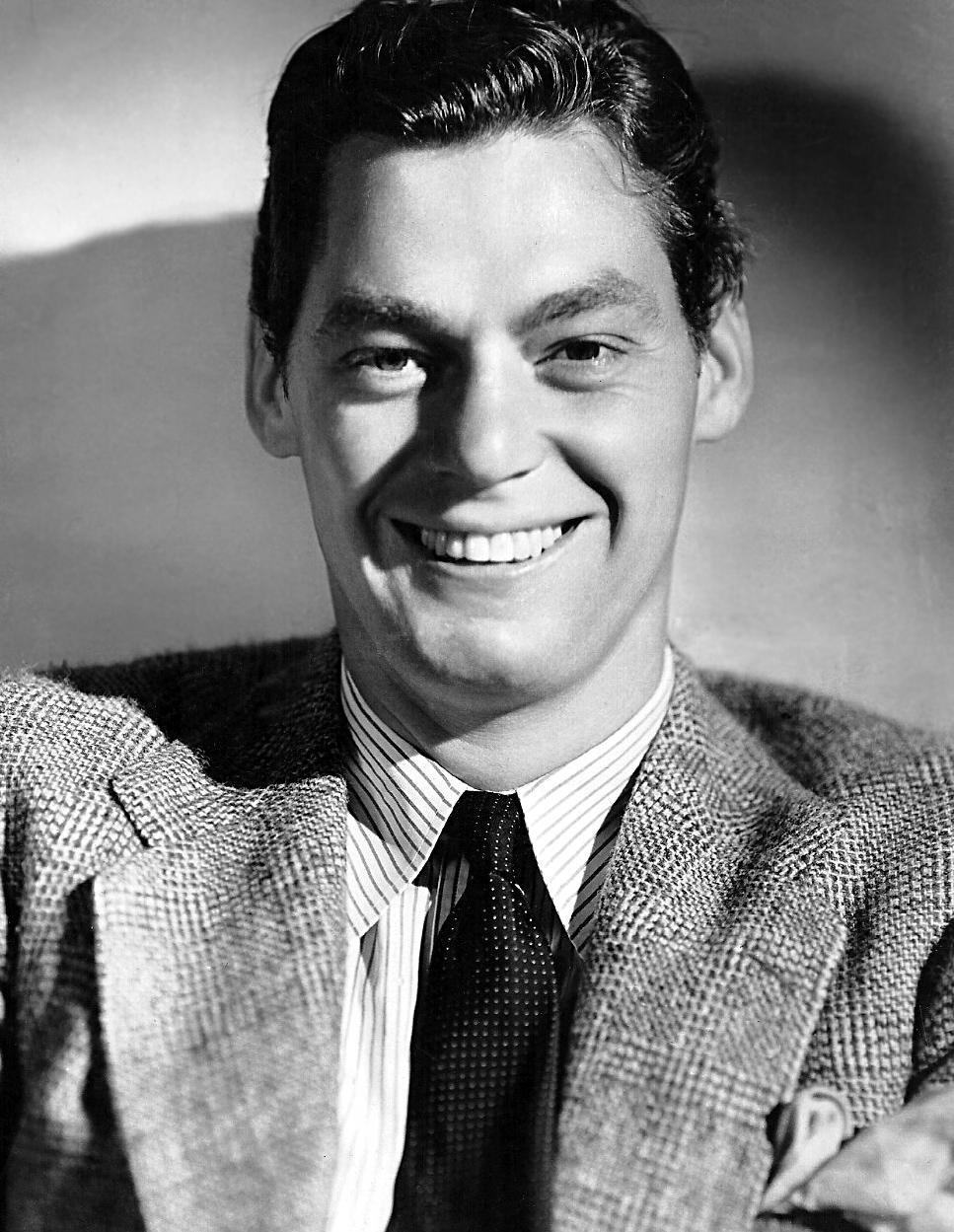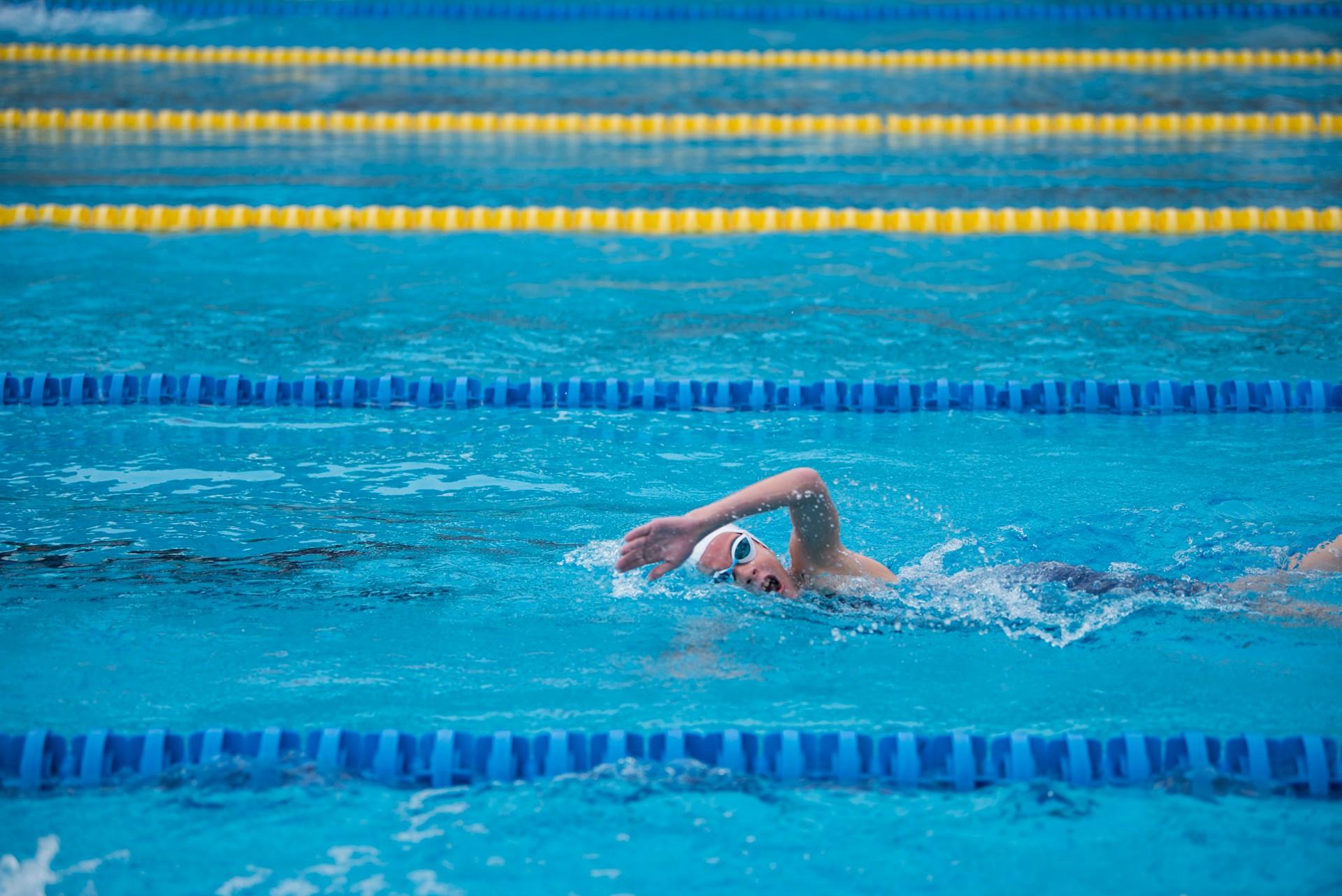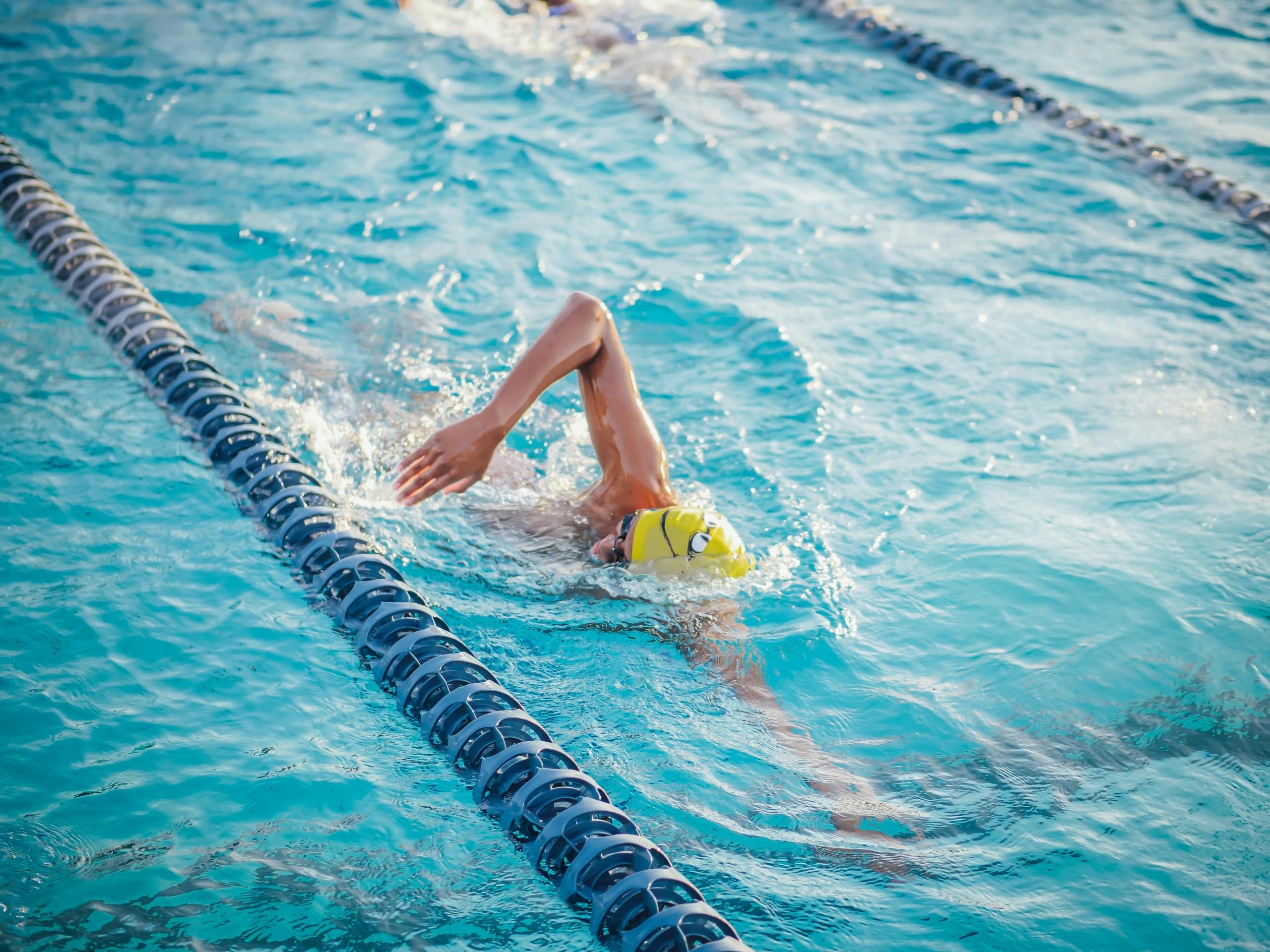The front crawl is a swimming stroke that uses alternating arm movements and a flutter kick. It is usually the fastest and most commonly used stroke in competitive swimming and is often the preferred stroke for recreational swimmers due to its speed and efficiency.
It is used so commonly in the freestyle swimming events, that front crawl has often been referred to as freestyle. Freestyle stroke and front crawl swimming are terms you’ll see interchangeably, though technically in freestyle competitions, swimmers can use other swimming techniques.
The front crawl swimming stroke has a really fascinating history, and some see this as the most exciting of all of the methods of swimming due to the fact that it is fast and thrilling to watch. As it is a face-down swimming position, this isn’t as beginner-friendly, but the freestyle swim stroke is great for competitive swimming.

What Is Front Crawl Swimming?
The front crawl is the main freestyle stroke that provides a fast way to propel through the water. When swimming the front crawl, swimmers lie face down in the water and propel themselves forward by performing a continuous and rhythmic arm pull and kick. The stroke begins with an arm extended forward, with one arm reaching forward and the other arm pulling back simultaneously. As the pulling arm sweeps backward, the other arm recovers over the water's surface in a windmill-like motion. It looks like the person is ‘crawling’ which is where the stroke gets its name from.
The legs perform a flutter kick, where they alternate kicking movements up and down in a rapid and continuous motion. The kick generates propulsion and helps maintain balance and stability in the water. Swimmers coordinate their arm and leg movements and are able to perfect the technique for speed over time.

The History of the Front Crawl
As well as being an amazing way to generate speed and power, front crawl has an interesting story behind it. This freestyle swimming technique wasn’t always the speediest way of doing things, and it was introduced to a global audience in an unusual way.
In 1844 this swimming stroke was first introduced to a wide audience by Ojibwe swimmers
The technique was thought to be first seen on a big stage in an 1844 swimming race in London, as the front crawl stroke was used by Ojibwe swimmers Flying Gull and Tobacco. Flying Gull won both of his races during an exhibition, though in a third race, Harold Kenworthy, who was not tired from the prior races, used the backstroke to take on the two tired Ojibwe, and won. This meant that the English did not take up the swimming techniques they had seen fully for many decades after this.
One of the earliest variations of the front crawl stroke was the Trudgen crawl, developed by British swimmer John Trudgen in the late 19th century. This swimming stroke involved a combination of overarm arm movements and a flutter kick, allowing swimmers to move through the water with greater speed and efficiency than traditional breaststroke techniques.
In the early 20th century, Australian swimmer and coach Richard "Dick" Cavill made significant contributions to the development of the front crawl stroke. Cavill refined the Trudgen crawl and introduced a modified stroke known as the Australian crawl, which featured a faster and more streamlined arm recovery motion. The Australian crawl became one of the mainstream strokes.

At the 1924 Paris Olympics, American swimmer Johnny Weissmuller won three gold medals in freestyle swimming events, including the 100-meter freestyle race. Weissmuller's success helped to popularize the front crawl freestyle swimming technique and solidify its status as the fastest and most dominant swimming technique in competitive tournaments.

How to Swim the Front Crawl Stroke
Knowing that this is likely to be the swimming technique that lets you swim quickest, let’s look at how to swim freestyle and use the front crawl to its full potential. Knowing the proper swimming form can make a drastic difference.
First, we’ll look at the very basics of the front crawl and how to use the swimming technique.
- Get your body position right: When you start, you should do so by lying face down in the water, with your body stretched out horizontally and your face submerged. Of course, you need to master breathing and holding your breath to get this right. Keep your body as flat and streamlined as possible, with your head in line with your spine and your hips close to the surface of the water.
- Learn how to move your arms: Begin the stroke by extending one arm forward above your head and the other arm extended backward along your side. You can then start the part of the stroke known as the pull by bending your elbow and sweeping your arm downward and backward in a circular motion, moving it past your hip. As one arm pulls, the other arm recovers over the water's surface in a windmill-like motion, returning to the starting position to begin the next stroke. Focus on a high elbow catch and a powerful pull through the water to maximize propulsion and minimize resistance.
- Master the flutter kick: Mastering the flutter kick is a big part of a lot of different swimming strokes, including the front crawl. Practice the flutter kick with your legs to provide propulsion and maintain momentum. Keep your legs straight and relaxed, with your toes pointed and ankles flexible. Alternate kicking movements up and down as quickly as you can to move yourself forwards. You can practice this without having to put your face in the water, which is a big plus point.
- Breathe properly: Unlike the backstroke, this is one of the most challenging options when it comes to breathing. Turn your head to the side during the arm recovery phase to inhale, then exhale underwater while the face is submerged. Practice bilateral breathing (breathing to both sides) or unilateral breathing (breathing to one side) to improve balance and symmetry in your stroke.
These are the basics to master if you are going to be able to swim a passable front crawl and swim in the freestyle stroke, but there is a lot of work to be done if you want to master this stroke. You may also need to spend some time in the gym if you want to get to a competitive level and be able to swim at your absolute fastest.
Swimming Tips for the Front Crawl
If you want to take it to the next level and become a pro, it is really important that you master some of the more advanced swimming techniques. The proper swimming form makes all the difference to your front crawl and knowing some of the top tips can help you to propel yourself further.

Some of the top tips for those who are already proficient but want to make the next step include:
- Improve the catch phase: Focus on the catch phase of your arm stroke to maximize propulsion. Work on engaging your forearm and hand early in the stroke to catch and move the water effectively. Experiment with a high elbow position to increase surface area and grip in the water.
- Enhance the pull and build strength: Emphasize the power phase of your arm stroke to generate maximum propulsion. Concentrate on pulling your arm through the water in a straight and powerful motion, engaging your chest, back, and core muscles to drive the movement. Maintain a strong and steady pull throughout the entire stroke cycle. You can also increase your strength by spending time in the gym and working on that core strength.
- Perfect your breathing: Work on refining your breathing technique to optimize oxygen intake and maintain a smooth and consistent stroke rhythm so you are able to smoothly breathe in through every stroke. Experiment with different breathing patterns, such as breathing every two, three, or four strokes, to find the most comfortable and efficient breathing rhythm for your swim.
- Work on your stroke rate: This is the number of strokes per minute, and boosting this is one of the best ways to improve speed and tempo. Work on increasing your tempo while maintaining stroke length and efficiency, each stroke must be strong if you want to get the benefits of this. Use interval training and pacing drills to gradually increase your stroke rate while maintaining proper technique.
Learn the Front Crawl with Superprof
Connect with a variety of different swimming tutors and coaches on Superprof to perfect your abilities and become a great swimmer! Whether you want to get the basic techniques for swimming butterfly, freestyle, or front crawl, or you are looking to become a professional and compete in tournaments, you can find a swimming tutor here on Superprof! Discover our team of expert tutors who are available in your local area and start your search today to improve your freestyle or front crawl swimming.















